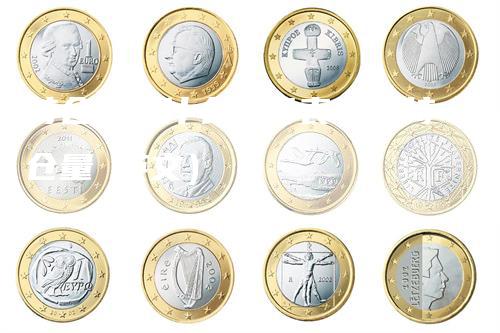
What is the English abbreviation for \"持仓量\"?
Have you ever wondered how the term \"持仓量\" (Chinese for \"holding position\" or \"position size\") is represented in English? Well, you're in luck! In the world of finance and trading, there is a specific abbreviation used to denote this concept.
So, what's the abbreviation?
The English abbreviation for \"持仓量\" is often referred to as \"OI,\" which stands for \"Open Interest.\" So, instead of saying \"持仓量\" in English, you can use the term \"Open Interest\" or simply \"OI\" when you want to discuss position sizes or holdings in the financial markets.
What does \"Open Interest\" actually mean?
Open Interest represents the total number of outstanding or open positions in a particular financial instrument, such as stocks, options, or futures contracts. It reflects the number of contracts that have not yet been closed or delivered by participants in the market.
Why is it important to know about Open Interest?
Understanding Open Interest is crucial for market analysis and forecasting. It provides valuable insights into market sentiment and liquidity. By tracking changes in Open Interest, traders can gauge the level of investor participation and potential future price movements.
How is Open Interest calculated?
The calculation of Open Interest is relatively straightforward. It is the sum of all long positions or buyers and short positions or sellers in a specific financial instrument. For example, if there are 100 open long positions and 80 open short positions, the Open Interest would be 180.
Is Open Interest the same as trading volume?
No, Open Interest should not be confused with trading volume. While Open Interest represents the number of outstanding contracts, trading volume refers to the total number of contracts traded during a specific period, typically within a day or a session.
Conclusion
Next time you come across \"持仓量\" and need to express it in English, remember that it is commonly known as \"Open Interest\" or \"OI\" in the financial world. Understanding Open Interest can provide valuable insights into market dynamics, helping traders make informed decisions and navigate the complexities of the financial markets.
 微信扫一扫打赏
微信扫一扫打赏
 支付宝扫一扫打赏
支付宝扫一扫打赏





